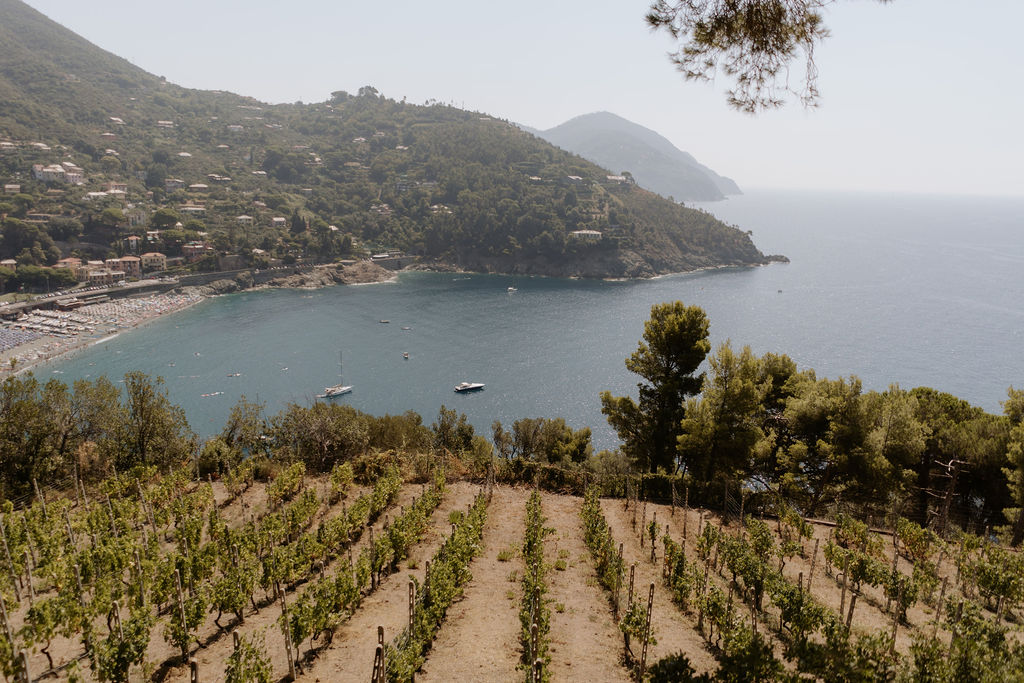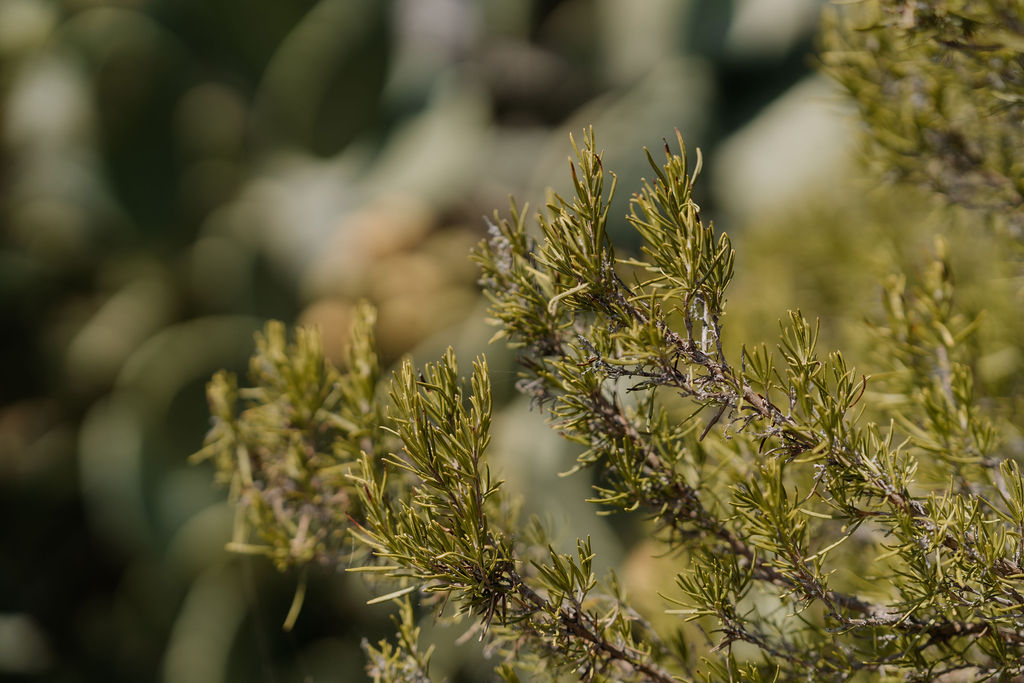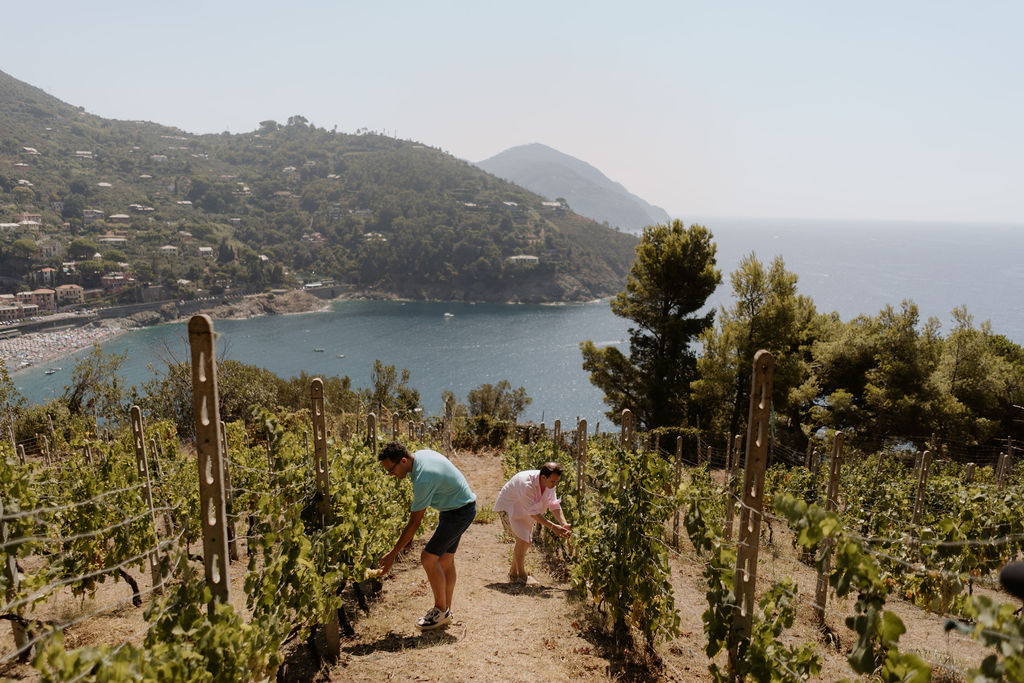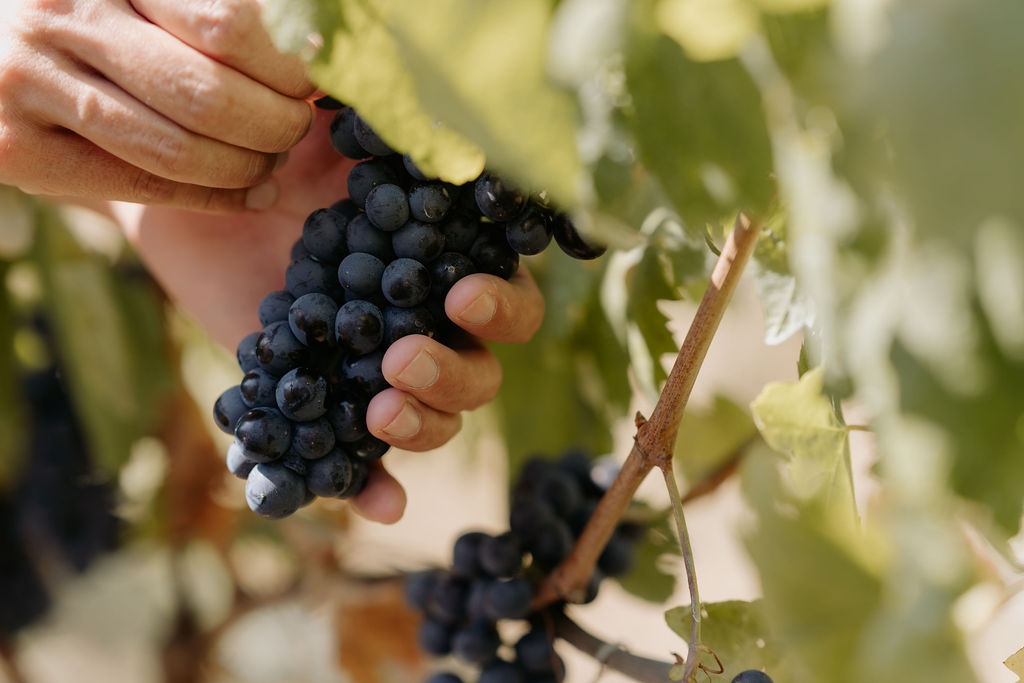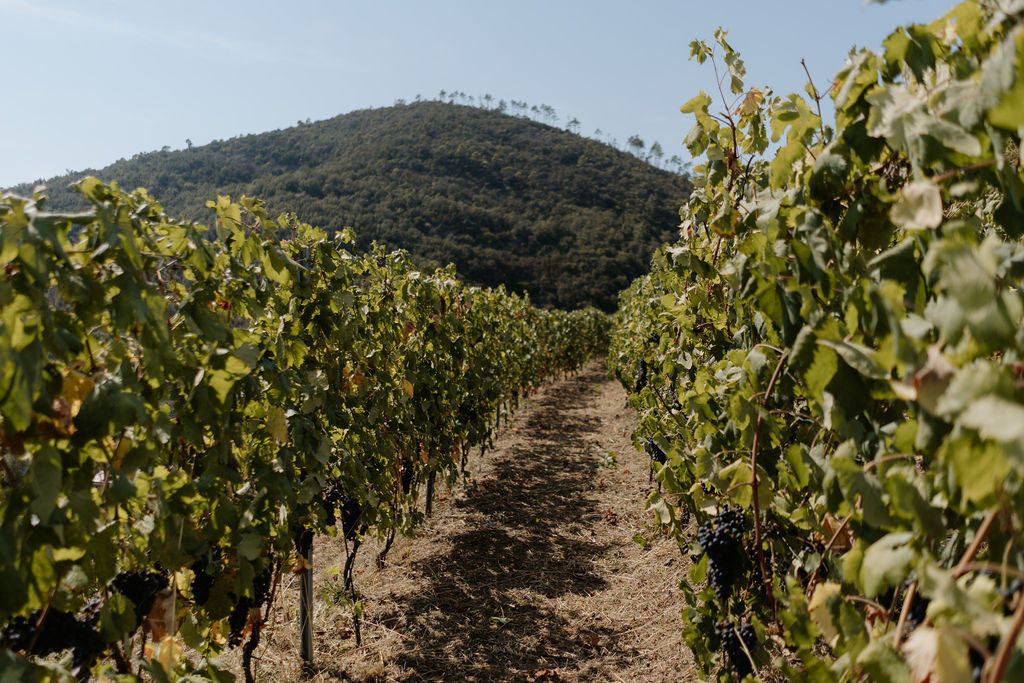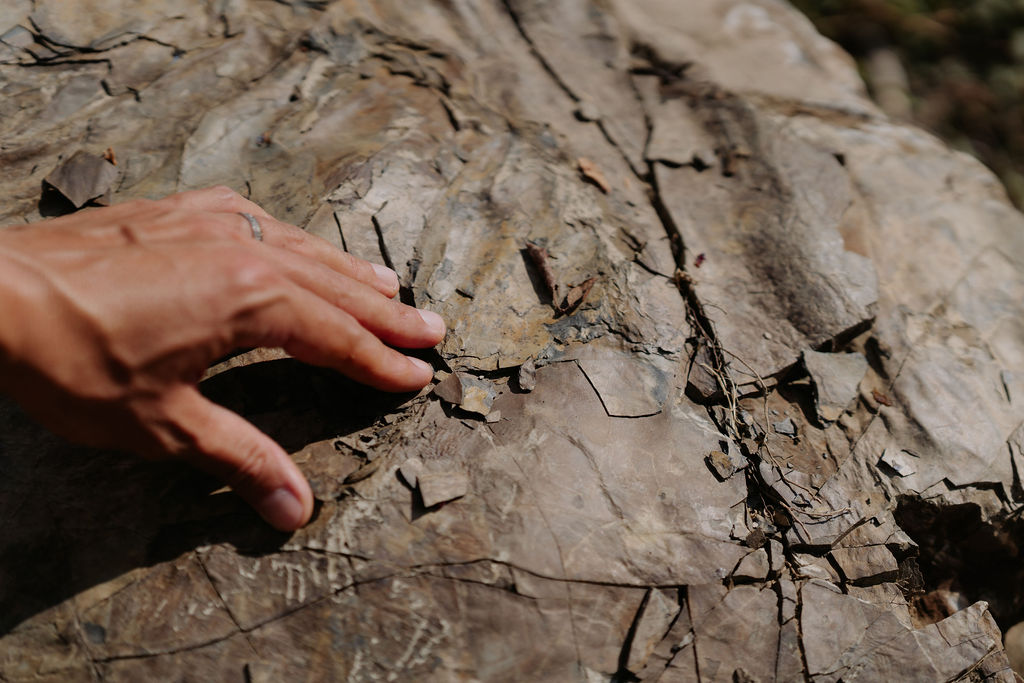Davide and Giuseppe’s journey is built day by day among dry-stone walls, pathways, steep slopes, and a constant search for balance between tradition and innovation. It is the story of a contemporary Liguria that knows how to renew itself without losing its soul. There is no improvisation: only hard work, intuition, and the will to make Bonassola resonate on national and international stages with wines that tell the story of authenticity and the beauty of slow time.
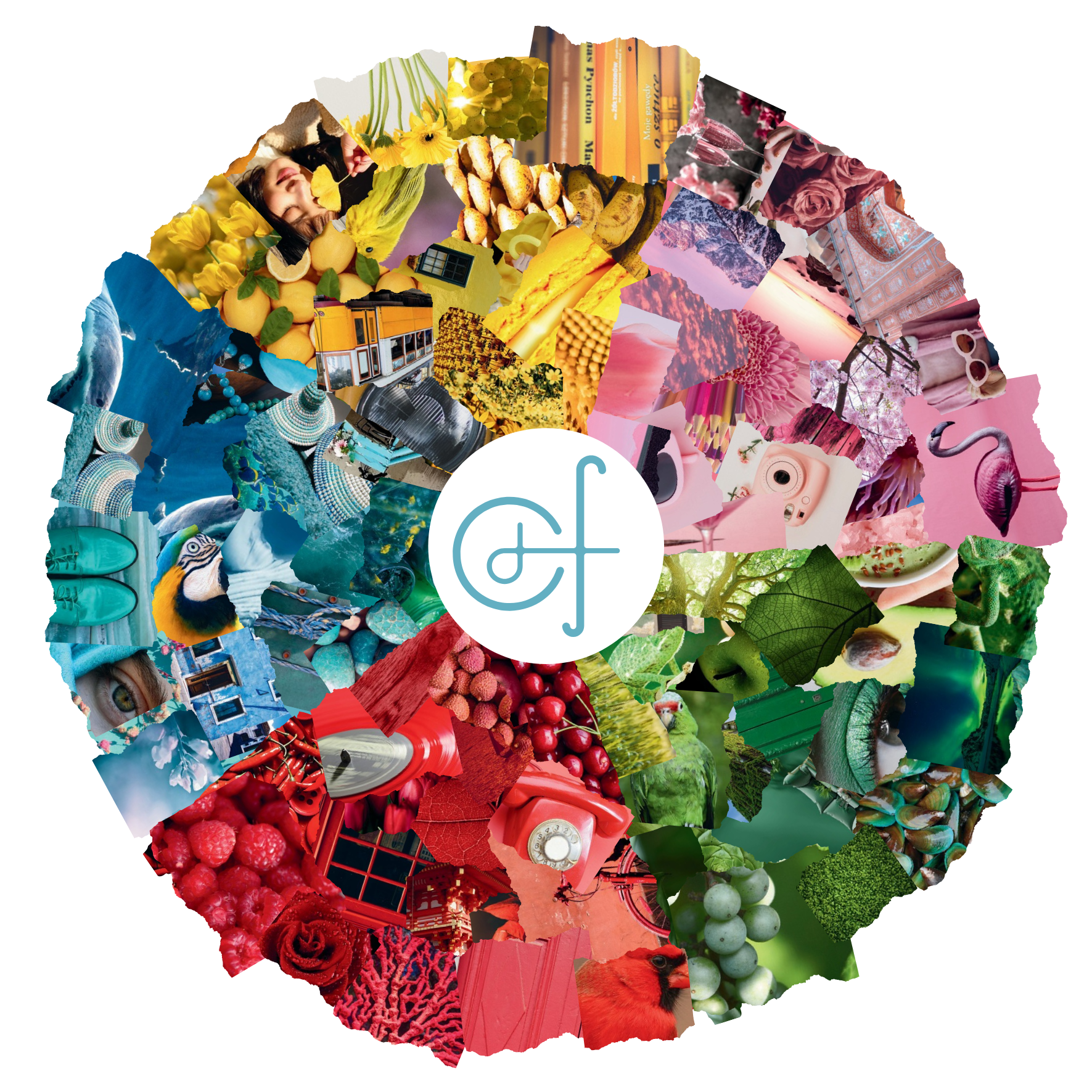

Chapter 2: Dissolution and Resolution
Chapter 2: Dissolution and Resolution
There are moments in everyone’s life when everything we once knew begins to change form. It happens suddenly, like a crack in the ground beneath our feet, or slowly, imperceptibly, like water carving through rock. And it is in these moments that we encounter the deep tension between dissolution and resolution – two seemingly opposing, yet inseparable forces that define the most authentic transitions of our existence.
Dissolution is not just an abstract concept. It is the end of a love story, the loss of a job that once defined us, the illness that changes how we inhabit our body. It is the gaze in the mirror that we no longer recognize. It is the silence of those we thought would always be there.
Yet from these very fragments, the possibility of resolution emerges – not as a remedy, but as a rebirth. A new sense of meaning built through patience, attentive listening, and a newfound vulnerability.
Nature has always told us this story. Leaves fall, decay in the rain, and become humus. And from that decomposition – hidden from sight – spring is born. Every loss is a sowing. Every ending is also a beginning, but only if we have the courage to cross the void.
Alchemy: In our lives, this transformation is never neutral. It is emotional, embodied. Anyone who has experienced grief, failure, or radical change knows the feeling of being emptied.
But it is precisely within that emptiness that the alchemical work takes place: a mysterious and precious process where what we have been is mixed with what we might become.
Alchemy, once a secret art, is now our most human path. Transforming fatigue into awareness. Pain into direction. Instability into choice.
And to do this, we must learn to let go – of beliefs that no longer serve us, of roles, of masks, even of our names when they become too narrow.
Dissolution then becomes an act of love toward our own evolution.
Transition: Every transition is a threshold. The first phase is often confusing, painful. It feels like being in a house we once knew well, now empty or unrecognizable. A broken friendship. A cracked identity. A future that fails to materialize. Yet it is precisely in this disorientation that the space of possibility opens – a fertile void, where nothing is certain anymore, and everything can begin.
This space does not need to be filled immediately. There is no need to rush decisions or rebuild everything at once.
What’s needed is to stay, to listen, to allow what is new to emerge slowly – like a sprout that should not be pulled from the soil too soon.
Then, slowly, resolution emerges. A new form of life – not a replica of what came before, but a more authentic expression of what we’ve truly learned.
Resolution is the moment when we begin to walk again – this time in a direction that is more truly ours, freer.
Balance: Maintaining the balance between dissolution and resolution requires presence. The ability to stay in the in-between. Not rushing the process, but not clinging to nostalgia either. There is a constant temptation to go back to what we knew. Or to rush forward toward any available solution. But it is through listening that true transformation happens.
To find balance is to give voice to our innermost experience, and to recognise that our personal fractures reflect the fractures of the world. And that in both cases, every breakdown is also an opportunity to build something more true.
Dissolution and resolution are not just phases.
They are an invitation to move through life with greater presence. To cross thresholds without fear. To recognise fragility not as weakness, but as a doorway to our deepest core.
In this subtle dance between what ends and what is born, each existence seeks its own form, its own sound, its own breath. Like a kaleidoscope, where every fragment – broken, irregular, scattered – only finds harmony in continuous rotation.
And in the end, in the white, there is not absence, but union: the meeting of all colours, their silent coexistence.
It is there that dissolution is reassembled into light.
It is there that resolution appears not as an answer, but as full presence.
A place where, finally, without resistance, we can simply be.
Graziana Grassini, Davide Zoppi, Giuseppe Luciano Aieta
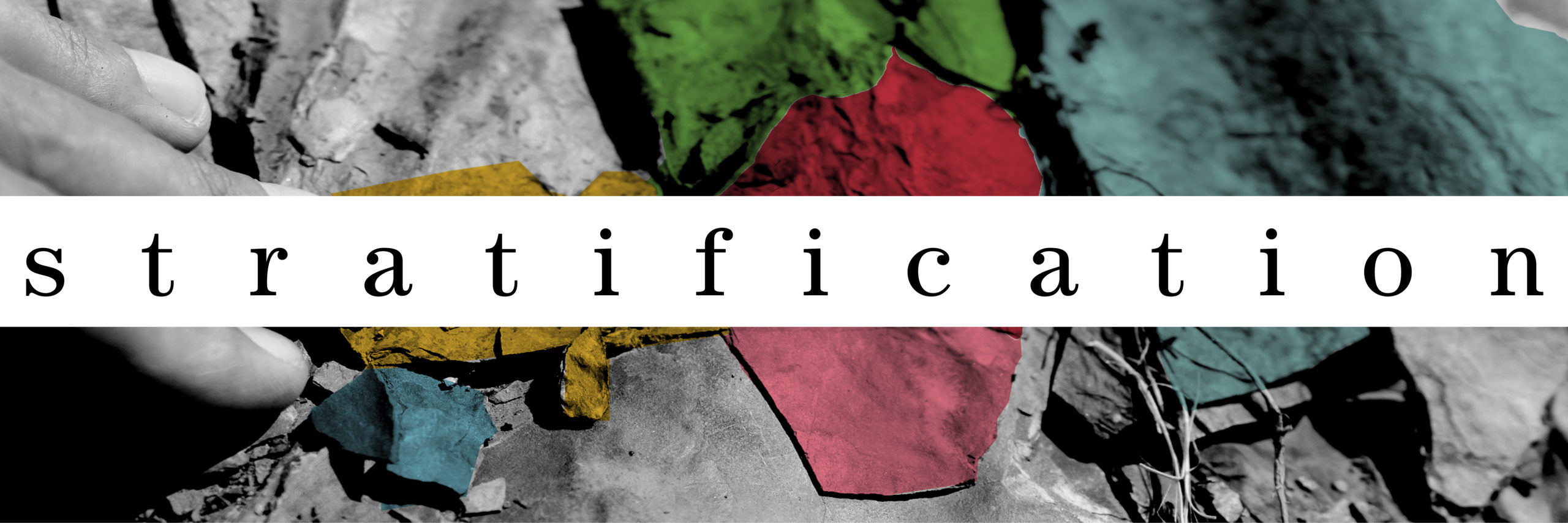
Chapter 1: Stratification
The 2023 vintage was conceived as a journey through new codes. This is why the product presents a unique narrative, unfolding in space, offering visions and exploring diverse themes—starting with monochromes. Colour as substance. Colour as concept. Colour as journey. Colour as dream. Pink. Light blue. Yellow. Red. Green. Turquoise. From these, we worked to depict colour as an iridescent, precious, and magical surface—translated into a contemporary context through precise, bold, and dedicated weaving. Method and science in pursuit of form, to exalt the dream. The work done on the material focused on amplifying stratification. This new intuition is expressed through the enhancement of the senses. Opposites and extremes were explored to elevate the final result—to find a harmony of different, concentric visions, all oriented toward achieving perfect sensory perception. This vision—synonymous with modern elegance and classical lightness—is balanced by a dense, richly textured material structure, like the complementary and perfect geometric elements of modernist art. The meticulous effort centred on a rich and varied repertoire, organising perceptions and emotions with courage, precision, and intent, leading to sensations and flavours that are distinct, clear, and precise—yet intertwined in a rich journey of memory. And it is precisely memory we wish to awaken: memory of emotion, of the journey. We worked by combining seemingly disparate elements—sometimes even frivolous ones—and connecting them through a scientific method to generate a new, intentional idea. The didactic details correspond to a specific monochrome, the colour of which evokes an element of the lived moment. And it is there, before the very essence of the product, that we try to orient ourselves—alone, without aids. This approach makes us meditate; it recalls precise ideas. It prompts reflection on the world and contemporary models, with the aim of proposing new collective imaginaries of nature and beauty. Measure. Perception. Imagination. In the very moment of analysis, sudden glimpses open through sensory layering. The persistent repetition of elements finds unexpected harmony. Inebriation. It retraces lived moments.
Graziana Grassini, Davide Zoppi, Giuseppe Luciano Aieta
